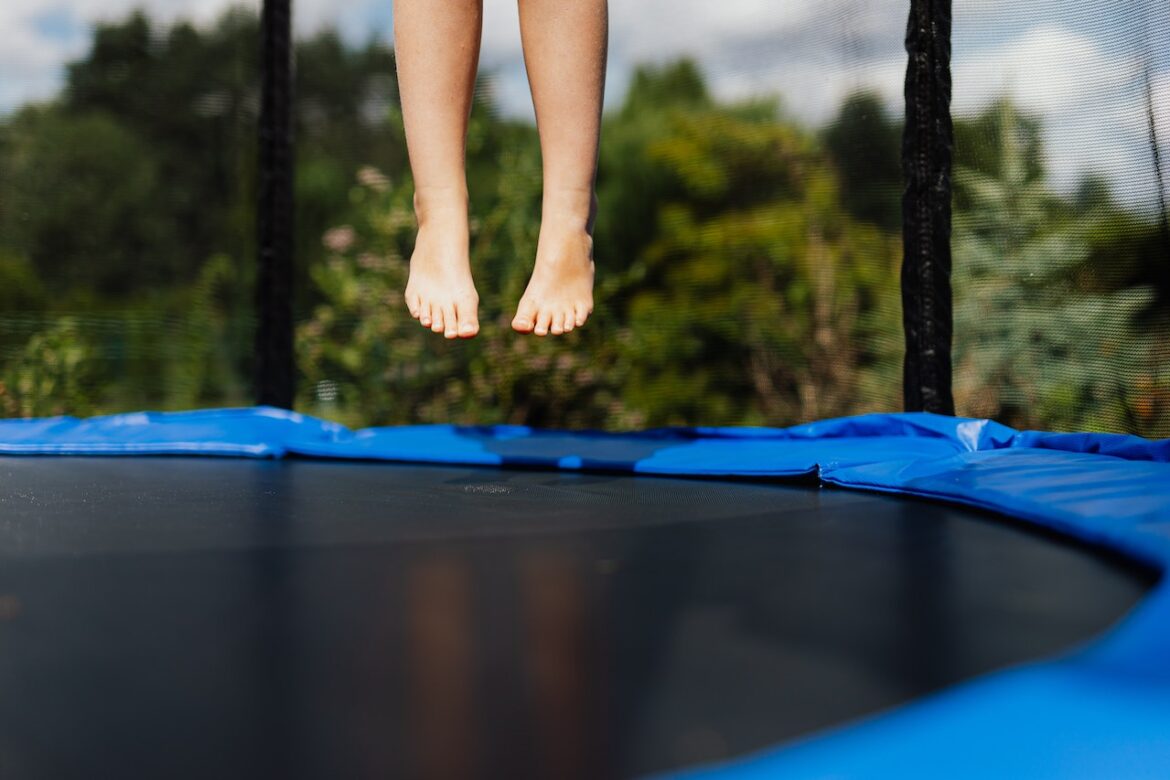Trampoline parks are a popular attraction among families and kids. In the U.S., there are over 800 of them.
But unfortunately, they also pose the risk of getting hurt. In fact, recent studies show that they may be sparking a rise in kids’ injuries.
Trampoline accidents are often the result of people landing improperly, colliding with others, or falling onto unseen hazards when moving across multiple trampolines. Such behavior can result in sprains, broken limbs, head injuries, and even broken backs and necks.
If you or your child are ever injured at a trampoline park, consult an experienced personal injury attorney right away (even if you signed a waiver). They can help you navigate the complex legal system when it comes to personal injuries.
But to avoid a trampoline park injury altogether, here’s what you (and your kids) should do:
1. Ensure that there are safety rules and staff to enforce them
Every trampoline park should have safety rules to protect its users. Find out what they are and make sure there is staff to enforce them. You don’t want to jump at a trampoline park that doesn’t take safety seriously.
If the park’s safety rules seem insufficient, you may want to reconsider using its trampolines.
2. Check the trampoline equipment
Trampolines should have plenty of padding around their frames and springs to help keep you from getting hurt.
They should also have safety features that keep users from flying off the trampoline, like tall walls to enclose you and nets to catch you.
Check for these safety features before using a trampoline.
3. Try to land on both feet
When jumping on a trampoline, try to always land on both feet.
Landing on one foot can put you off balance and make it easier for you to slip, roll an ankle, or injure your hip. And landing on other parts of your body the wrong way can hurt, too.
If you lose control and aren’t able to land on your feet, the next best thing to do is ball up by tucking your legs inward and bowing your head forward. This lowers the chances of you landing on a limb awkwardly and getting hurt.
4. Avoid stunts and other risky behaviors
Though you may want to try a double front flip or some other stunt, don’t.
A regular flip is risky as it is. Trying a double (or triple) flip is especially risky. You may not make the full rotation and then end up hurting yourself on the landing. So leave extreme stunts like this to gymnasts at dedicated gyms.
You also shouldn’t try to jump from one trampoline to another. This is dangerous because you might misjudge the distance and land on a hard surface area instead of the trampoline.
5. Protect your head and neck
Most serious trampoline injuries are to your neck or head. So you should avoid landing on them at all costs.
If you lose control, your first priority should be to protect your head and neck as these are two of your most vulnerable body parts.
6. Keep your distance from other jumpers
The chances of getting hurt go up when you’re jumping right next to someone else. That’s because you might collide with them and it’s not always easy to predict how someone will bounce.
So don’t share trampolines, especially if there is a significant weight difference between you and the other person. This way, you don’t have to worry (as much) about how others will move. You can just focus on yourself.
7. Know your limits
Finally, know your limits. Don’t try to do any moves you’re uncomfortable with. This will only increase your chances of getting hurt.
Also, take plenty of breaks. It’s easier to get hurt when you’re tired because it makes you less coordinated. So slow down and don’t overexert your body.
Know what your limits are and stick to them.
Adding it all up
Trampoline parks can be a lot of fun, but that fun can be ruined if someone gets hurt.
To avoid a trip to the hospital, follow the trampoline safety guidelines listed above and jump at your own risk. If you can do that, you’re much more likely to have a positive experience.
Related Posts












